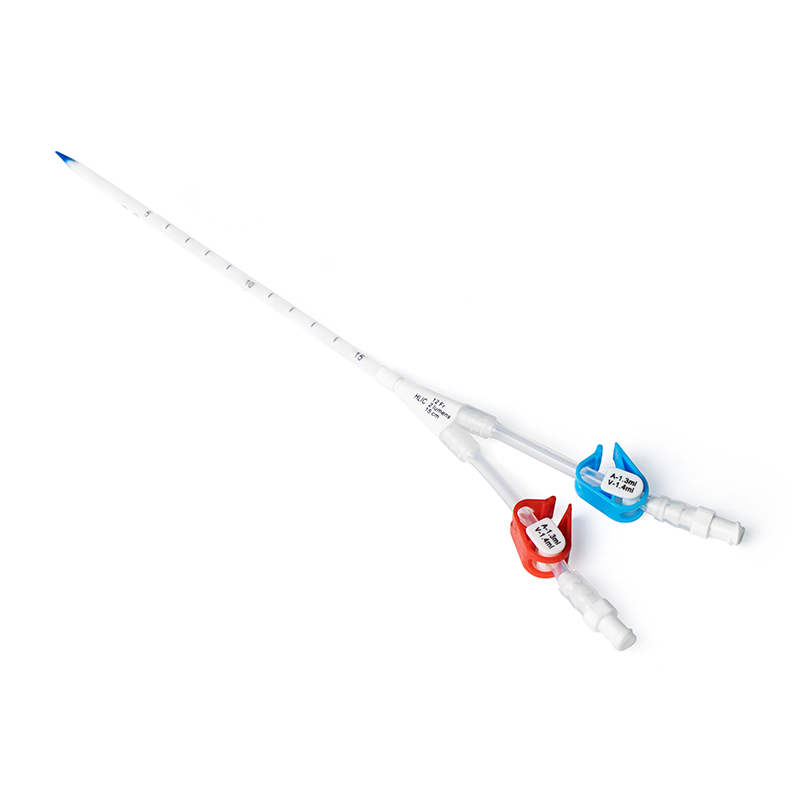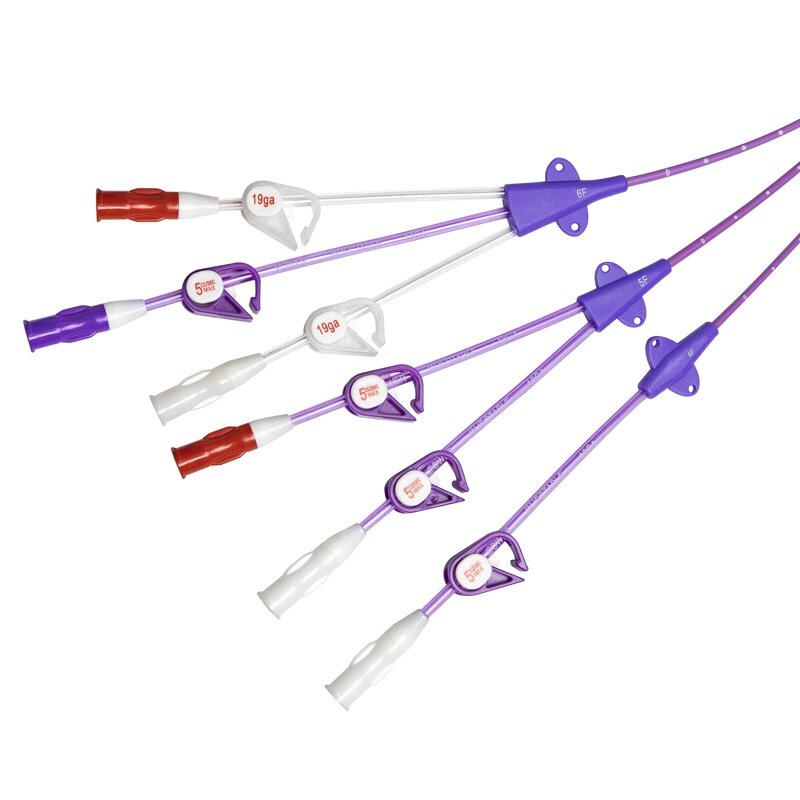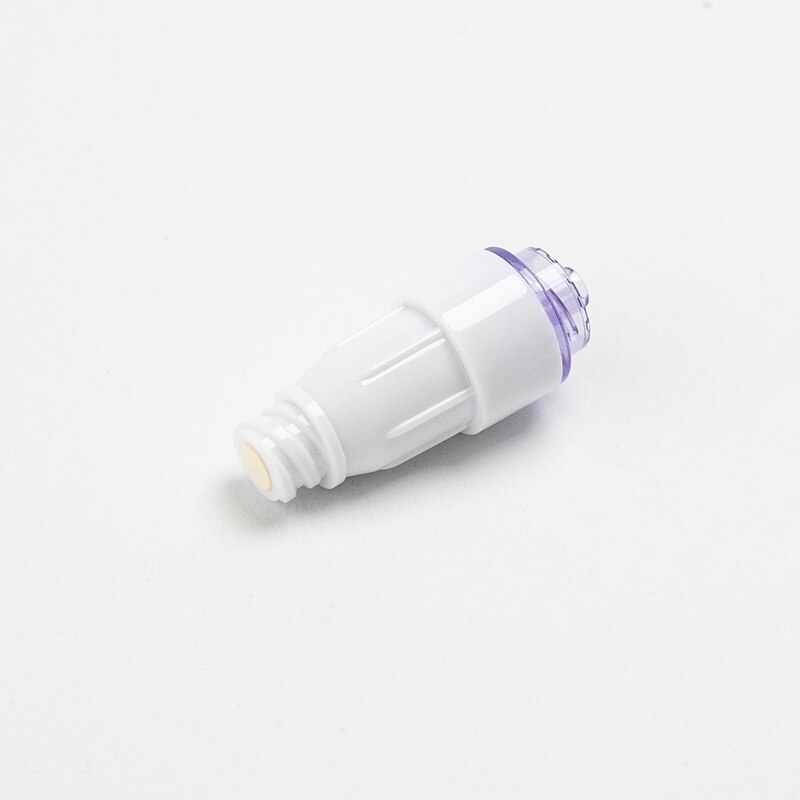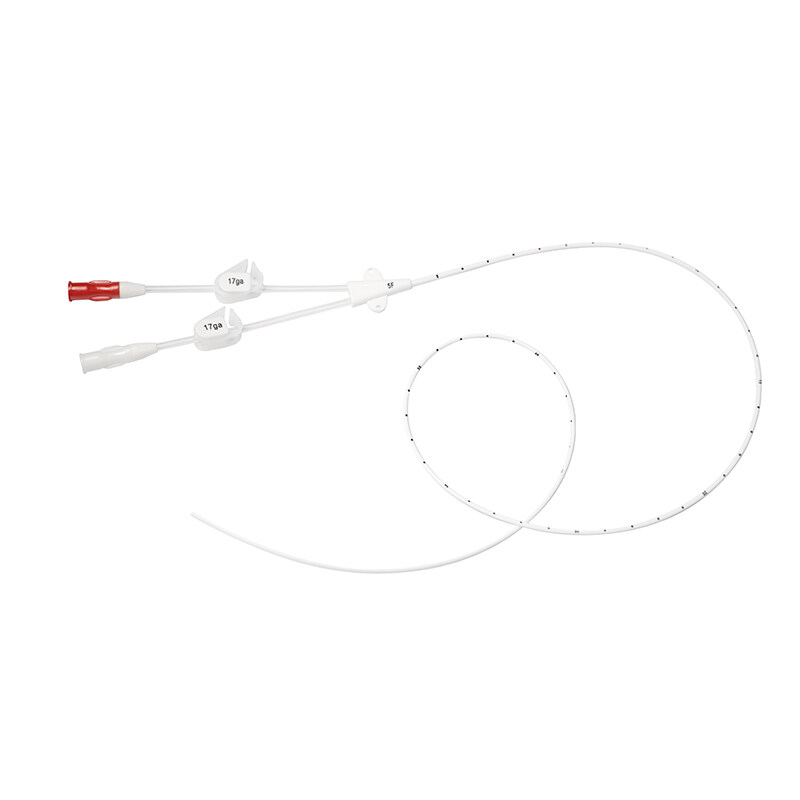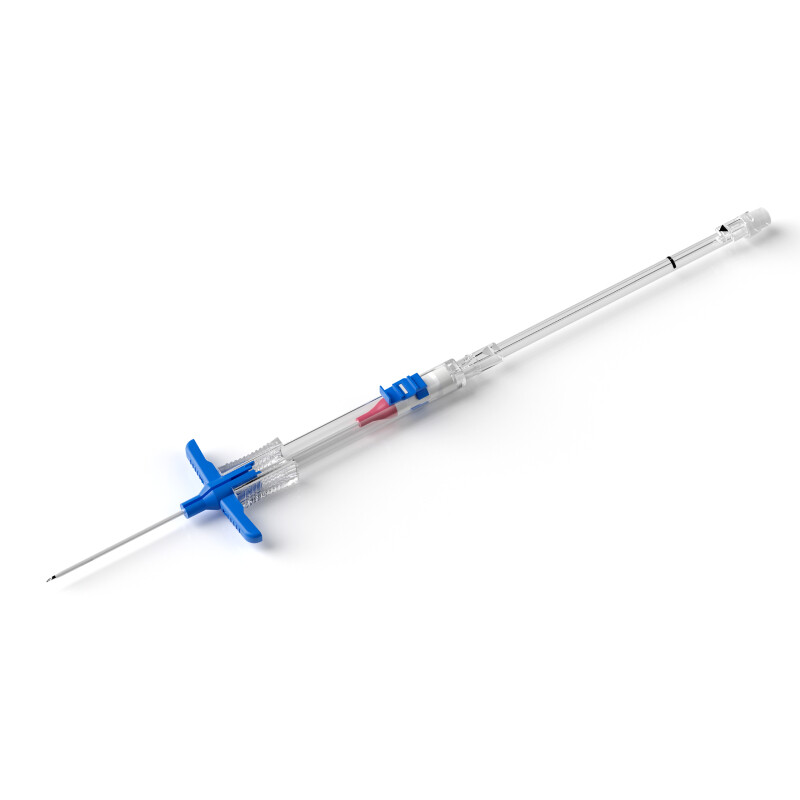Needle-less valves and traditional needles are pivotal components in various industries, particularly in healthcare, automotive, and manufacturing. Their role in ensuring precision, safety, and efficiency cannot be overstated.
This article will briefly introduce needleless valves versus traditional needle valves and compare their efficiency and accuracy in different applications.
Functionality and Mechanism
Needle-less valves: These valves rely on a specialized mechanism that allows access to a container or system without the use of a needle. They typically consist of a resilient membrane or septum that self-seals after a syringe or connector is removed.
Traditional needles: On the other hand, traditional needles involve a sharp, pointed metallic instrument used for piercing surfaces or containers.
Precision and Accuracy
Needle-less valves: Needle-less valves offer precise control and reduced risk of contamination as they eliminate the need for puncturing surfaces. They ensure a secure seal, minimizing the chance of leaks or spills.
Traditional needles: They are widely used and established in various applications. While effective, traditional needles might pose a higher risk of inaccuracies due to potential variations in puncture angles and depths.
Efficiency in Applications
Needle-less valves: In healthcare settings, needle-less valves are gaining popularity due to their ability to prevent needlestick injuries, reduce the risk of infections, and facilitate swift access for medication administration, especially in intravenous lines.
Traditional needles: These needles have been a cornerstone in medical procedures for decades, being extensively used in injections, blood draws, and fluid transfers.
Safety and Risk Mitigation
Needle-less valves: They significantly diminish the risk of accidental needle injuries among healthcare workers, which remains a critical concern in the medical field. By eliminating sharps, they contribute to a safer working environment.
Traditional needles: Despite their effectiveness, traditional needles carry the risk of needlestick injuries and potential exposure to bloodborne pathogens.
Adaptability and Innovation
Needle-less valves: These valves are undergoing continuous innovation and adaptation, finding applications not only in healthcare but also in industries like automotive and manufacturing where precise fluid control without the use of needles is essential.
Traditional needles: While firmly entrenched in medical practices, there's an ongoing exploration for advancements in needle technology to enhance safety and reduce associated risks.
Cost and Sustainability
Needle-less valves: Initial investment in needle-less valve systems might be higher compared to traditional needles. However, their reusable nature and reduced waste contribute to long-term cost-effectiveness and sustainability.
Traditional needles: These needles are relatively inexpensive but generate more waste due to their single-use nature, contributing to environmental concerns related to disposal and recycling challenges.
Conclusion
Needle-less valves and traditional needles both play crucial roles in diverse applications, each offering its unique set of advantages and limitations. While needle-less valves prioritize safety, precision, and reduced contamination risks, traditional needles remain integral in various procedures despite associated safety concerns.
The choice between these two largely depends on specific application requirements, safety considerations, and technological advancements driving innovation in both fields. Please combine your specific situation when choosing between the two.

